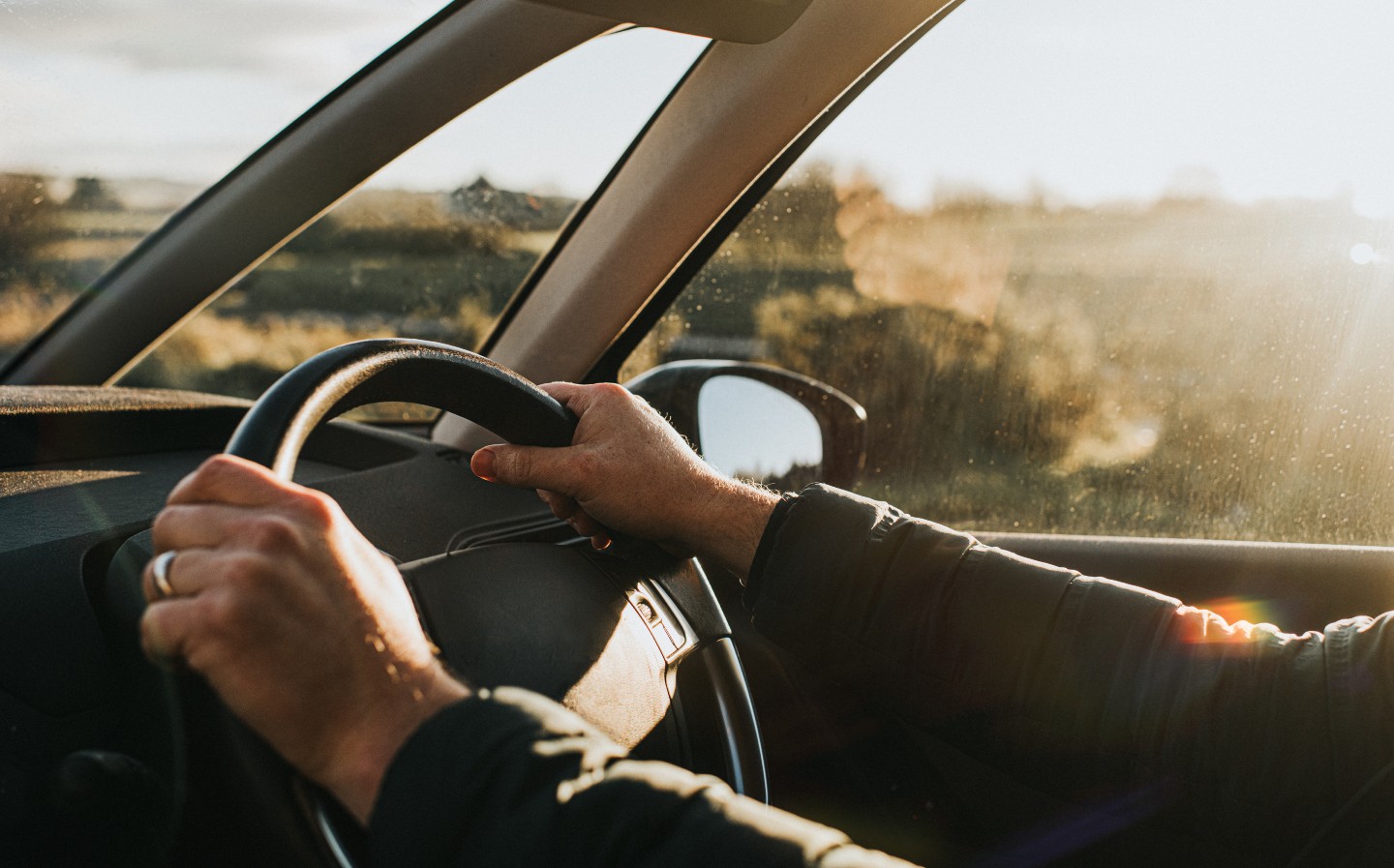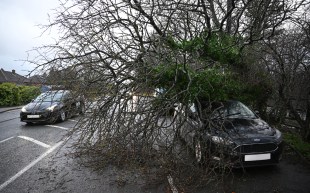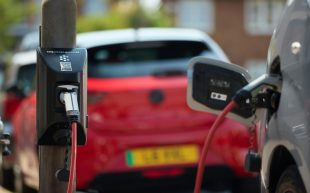Nine ways to save money on petrol and diesel
Roof boxes are a killer for efficiency
Due to a complex storm of geopolitical factors of late, the price of fuel has almost been as volatile as petrol itself and over the past year or more has climbed to a point where it’s really hurting motorists and households in their back pockets, leading many to search for tips on how to save money on petrol and diesel and potentially increase the fuel economy of their car.
While electrification evangelists may suggest switching to a hybrid or electric car, that isn’t an option for everyone, and recent spikes in energy prices have even begun to narrow the running-cost gap between some electric models and certain frugal diesels.
There are, however, plenty of ways to save money on petrol and diesel and by making a few adjustments to the way you drive, looking after your car and being savvy about where and how you buy fuel, you may find you can travel a lot further per tank.
Fortunately, for increasingly hard-pressed EV drivers, many of the techniques below are also applicable to electric vehicles, so pay attention if you want to increase your miles per kWh.
1. Keep your car well-maintained
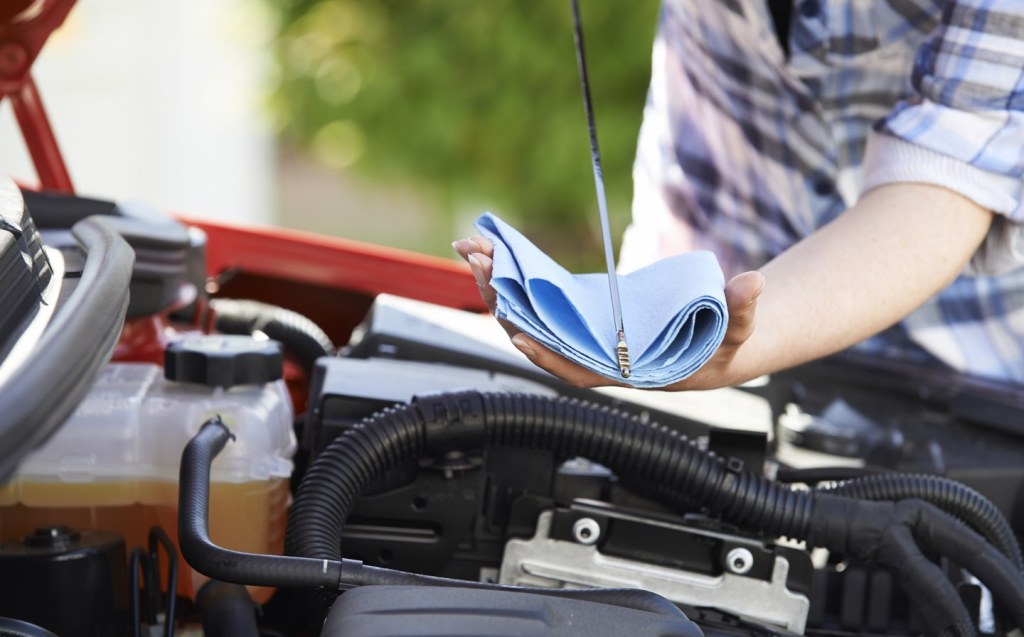
A freshly serviced car with clean air filters and oil is going to run more efficiently than one that is struggling to breathe. Regular servicing, including checking of things such as wheel alignment, will ensure the car glides along as smoothly and efficiently as possible.
2. Check your tyres
More important still is the condition of your tyres. It is essential for fuel economy (and safety) to keep a car’s tyres inflated to the correct pressure.
Underinflated tyres will increase rolling resistance and make the engine have to work harder than it should. But don’t try pumping them up beyond what is recommended in the user manual, as that can also impact efficiency and be dangerous.
3. Reduce weight and drag
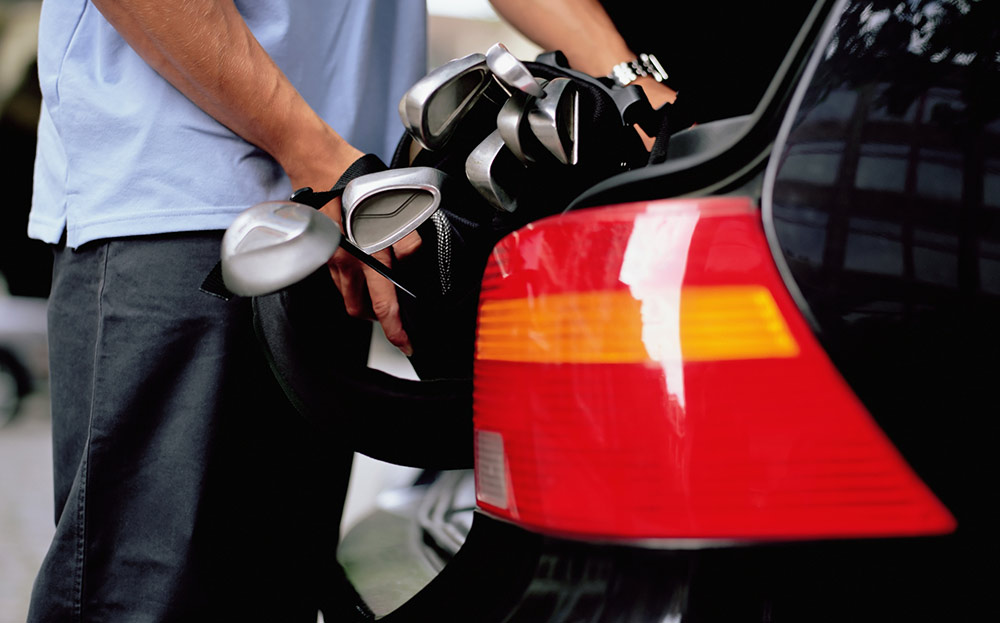
Carrying around unnecessary weight such as unused buggies, golf clubs or child car seats can reduce a car’s efficiency slightly, though not as much as empty roof racks and roof boxes. Studies have shown that an empty roof rack can increase drag (and thus fuel consumption) by around 16% at 75mph while a roof box adds about 39% more.
Even driving with the windows down prevents a car from cutting through the air as efficiently as it might otherwise.
While there’s technically an advantage to “slipstreaming”, i.e. following closely behind another vehicle (particularly an HGV) to reduce drag through the air, it’s not safe to tailgate other vehicles as it reduces both your forward visibility and the time available to react.
One area where excess weight can massively reduce efficiency is when it comes to plug-in hybrids. The hundreds of kilos of extra weight created by the battery packs mean that when the batteries deplete, the petrol or diesel engine needs to do a lot more work to haul the vehicle along, so it’s important to keep batteries topped up.
4. Conserve momentum
Hypermiling is a term coined in the mid-2000s referring to eking the maximum mileage out of a tank of fuel or a battery charge.
One of the biggest components of hypermiling involves conserving momentum, eliminating as much as possible the need for sharp deceleration and acceleration, given that the latter uses a lot of fuel.
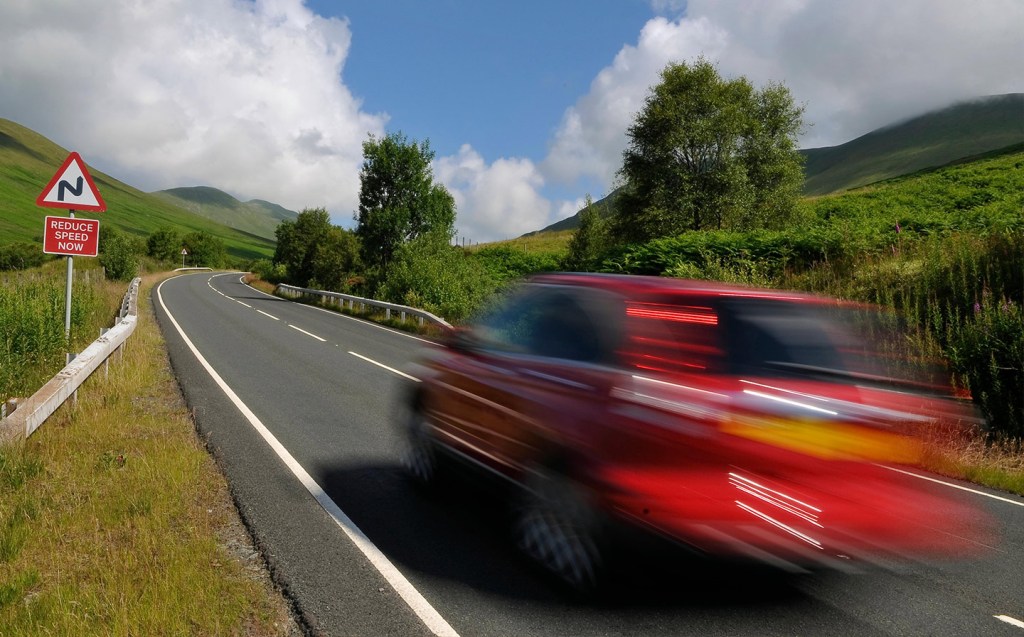
The key to conserving momentum is anticipation, looking as far ahead as possible to react to things such as roundabouts or traffic lights.
In anticipating a traffic light and coming off the accelerator in advance, it reduces the need for braking and, if the traffic light turns green before the car reaches it, it means that there’s less acceleration required to get the car back up to speed. Even a small amount of forward momentum can make picking up speed again a lot easier for the car.
The same is true for hills. Drivers can gain a gravitational advantage on a descent by picking up speed, then reduce the required throttle input on the way up the other side of a dip. It doesn’t need to be a pronounced action to deliver improvements to fuel economy, and of course at all times you must maintain a safe and considerate style of driving, without braking speed limits.
5. Slow down
By reducing your average speed by just 5-10mph, particularly on longer motorway journeys, you can save quite a bit of fuel without losing much in the way of time.
As a car drives along a road, power must be equal to or greater than resistive forces, namely aerodynamic drag and rolling resistance in the tyres. Because the power needed to overcome drag is equal to the force of that drag multiplied by the velocity of the vehicle, the faster a vehicle goes, the more power is required and the less efficient it is.
As mentioned, slowing down a little doesn’t make a huge difference to how long it takes to reach your destination, but leaving a few minutes earlier is a small price to pay for saving money on fuel.
6. Use higher gears

In a car with a manual gearbox, changing up the gears as soon as possible helps reduce revs and is beneficial to fuel economy.
Always use the highest gear in which the car can maintain momentum, though try to avoid changing up too early and forcing the engine to labour.
Again, gentle acceleration is the key while keeping the revs low.
7. Turn off the air conditioning
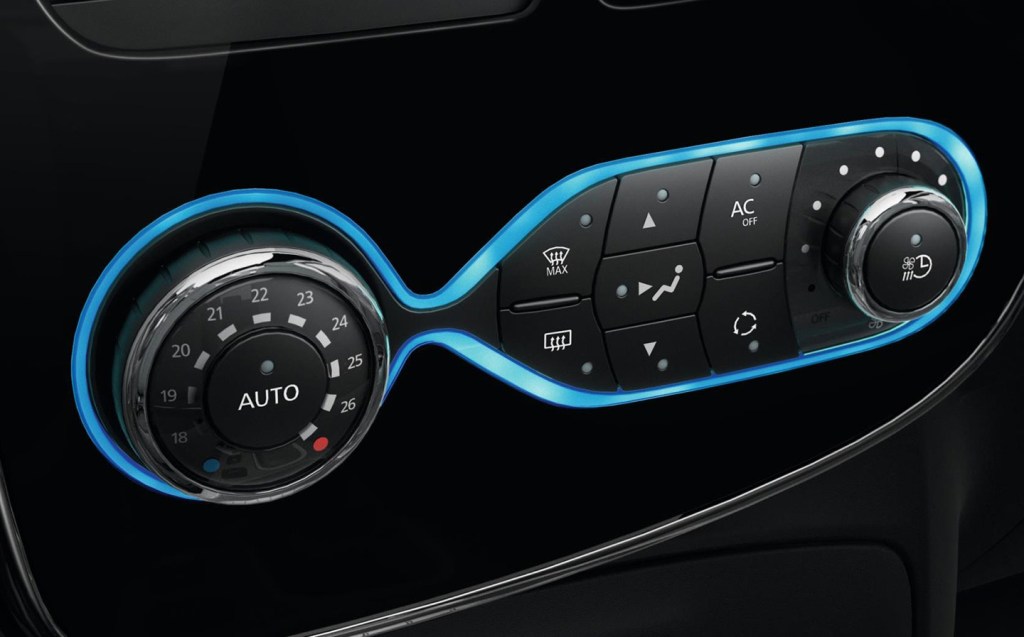
Air conditioning is an extra load on the engine that can mean a power and efficiency reduction.
On hotter days, try opening the windows for a few minutes before you set off to let some of the heat out of the car and reduce the requirement for air conditioning.
On colder days, the more accessories such as heater fans, demisters and heated rear windows that are turned on, the harder the motor needs to work.
The effect is especially noticeable in electric vehicles, particularly those without efficient heat pump-based heating; the onboard computer might show your predicted range leaping up after switching off the air conditioning. EV experts recommend using heated seats and steering wheels instead, if you have them fitted, as they’re more efficient than heating the entire cabin.
8. Use GPS
Using navigation to get where you’re going will often reveal the shortest and most fuel-efficient route in a way that a paper map or sheer instinct may not. Apps that work in real time such as Google Maps will show drivers the quickest routes to their destination minimising the time spent wasting fuel while stuck in traffic.
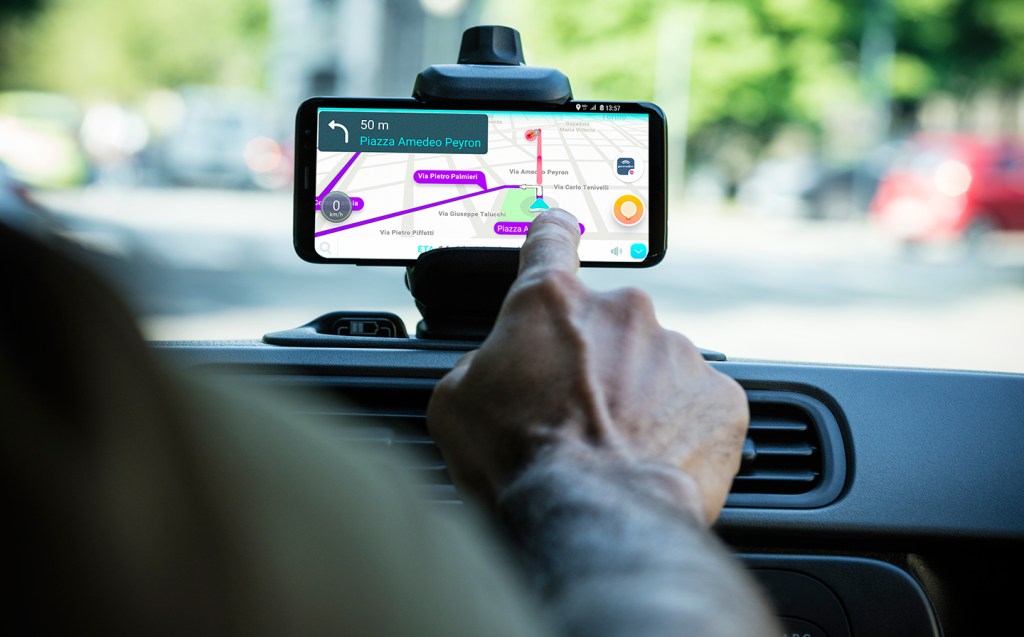
Google is planning to roll out a new eco-friendly routing option with fuel-efficiency in mind, but even until then, using navigation can really cut down on the time you spend driving around, wasting fuel while looking for your destination.
9. Try supermarkets
Keep an eye on petrol prices in your locality as there may be significant variations in pricing between filling stations. In general terms (though not always), motorway service stations are usually the most expensive places to buy fuel, with those attached to supermarkets often the cheapest.
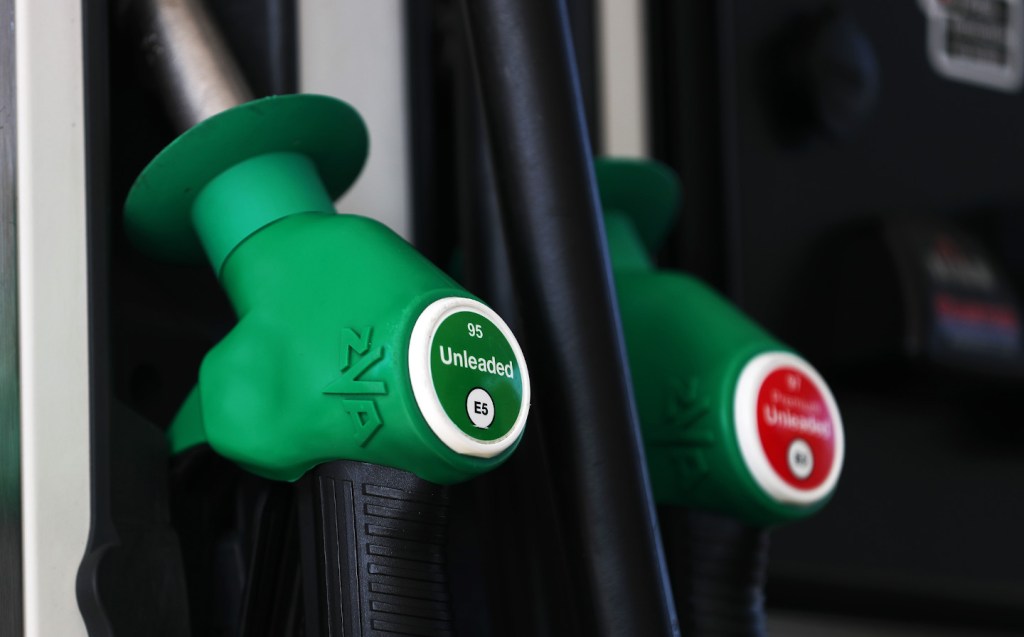
Another benefit of buying from supermarket stations is that regular shoppers with supermarket loyalty cards can often collect and spend points when they buy petrol. Tesco’s Clubcard and Sainsbury’s Nectar card are just two supermarket loyalty schemes that can be used to buy fuel.
Supermarkets are usually more inclined to offer discounts and promotions on fuel too; Morrisons, for example, recently offered 7p off a litre of petrol or diesel with a £40 supermarket spend, while Tesco offered 10p off a litre for a £60 shop.
That’s not to say that supermarkets have the monopoly on loyalty schemes. Some of the biggest fuel retailers such as Texaco, BP and Shell also have their own loyalty cards, though these stations aren’t usually the cheapest to begin with.
Remember though, letting your fuel run down to a point where you’re frantically searching for a filling station before your car conks out ensures that you’re at the mercy of the nearest rather than necessarily the best-value fuel retailer. Several apps and websites such as Confused.com allow drivers to enter their postcode and find the cheapest petrol, diesel or LPG prices near them.
How much tax is on fuel?
While geopolitical factors play a big part in the price of fuel, taxes including fuel duty and VAT make up nearly 50% of the price of a litre of both petrol and diesel.
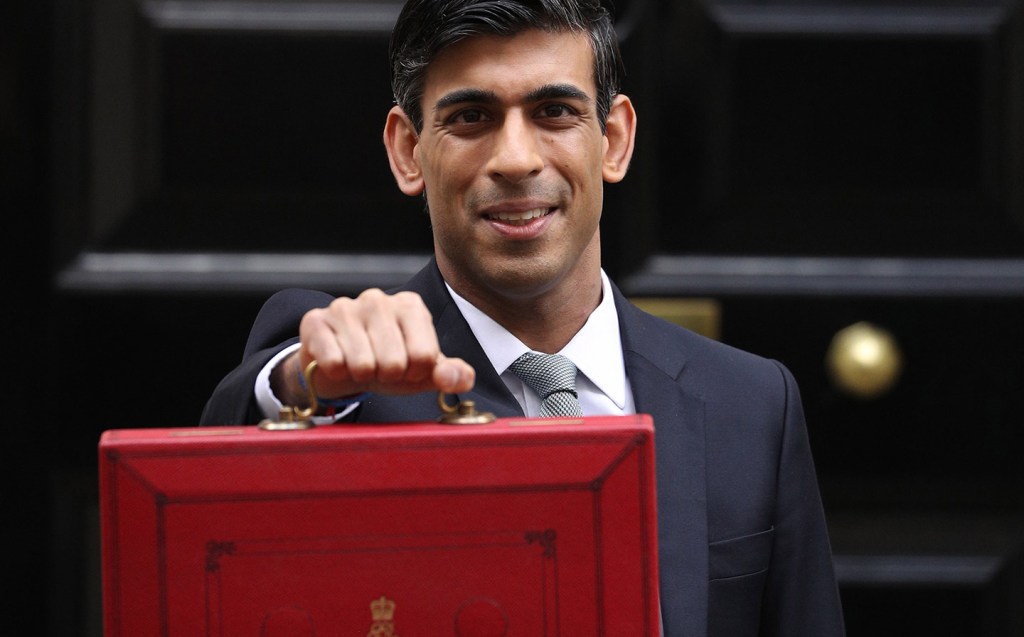
In March 2022, the then-Chancellor Rishi Sunak announced a cut on fuel duty of just 5p per litre — a cut that was quickly swallowed up amid rising prices and allegations of price-gouging on the part of retailers trying to make up for lost revenue as a result of the Covid pandemic.
According to the RAC, at the time of writing, the breakdown in the cost of a litre of fuel is as follows:
Cost of petrol to the supplier – 45%
Fuel duty – 29%
VAT – 17%
Cost of biofuel content – 7%
Retailer’s profit – 2%
Cost of delivery – 1%
Related articles
- If you found our top tips for improving fuel economy useful, you will want to read that the fuel duty cut makes road pricing ‘more urgent’
- Also check out our guide to synthetic e-fuels
- Huge spike in demand for electric cars and bikes as fuel shortage crisis bites
Latest articles
- Sci-fi inspired Ferrari 12Cilindri replaces 812 Superfast, powered by 819bhp unassisted V12 engine

- New Renault Symbioz adds to French carmaker’s fresh crossover SUV assault

- Red Bull confirms Adrian Newey’s departure, but where next for the F1 designer?

- Lotus shows off its work on British Cycling’s Paris Olympics bicycle

- New Aston Martin Vanquish to get V12 engine with 824bhp



